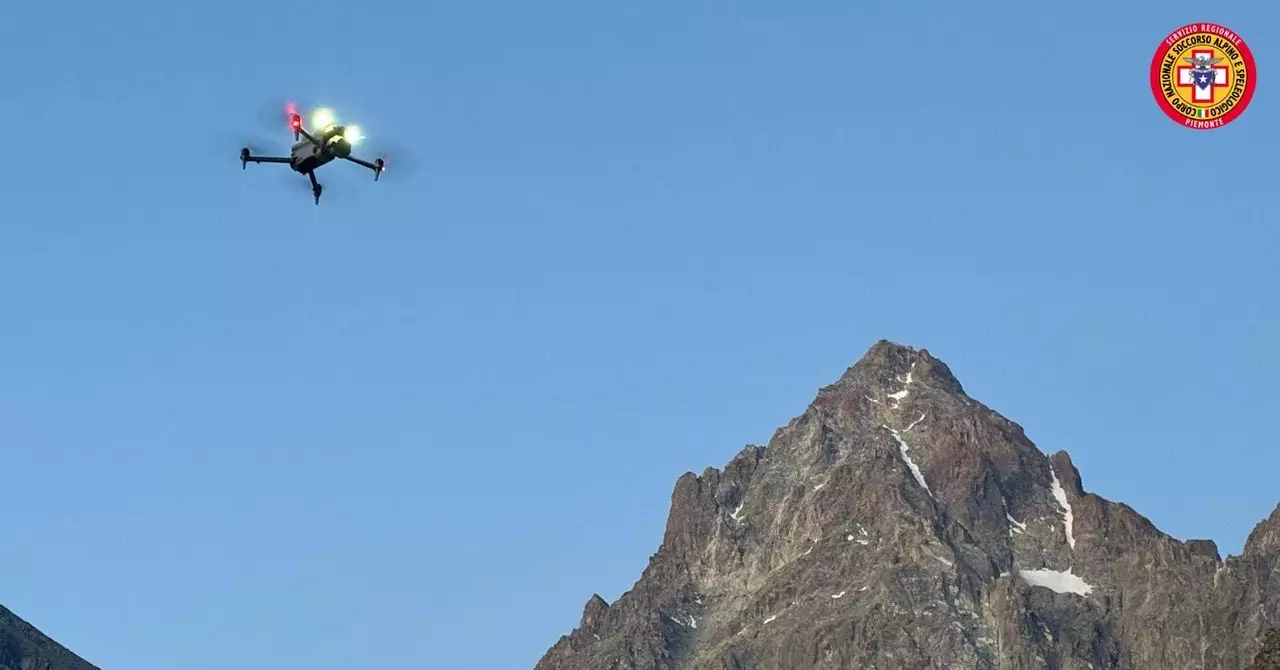Traditional mountain rescue missions have long relied on human expertise, perseverance, and the brute force of physical search teams. Historically, these operations could last weeks or even months, grounded in the painstaking manual examination of terrain, visual spotting under challenging weather conditions, and relentless physical effort. Despite the dedication of rescue teams, the vastness and inaccessibility of certain terrains pose significant obstacles, often delaying critical interventions that might mean the difference between life and death.
However, recent advancements in technology are fundamentally shifting this paradigm. Artificial intelligence (AI), coupled with drone technology, now empowers rescue teams to dramatically accelerate their response times, transforming what was once a slow, grueling process into a swift, efficient operation. When applied to the search for missing individuals in treacherous mountainous regions, AI systems can analyze tens of thousands of images within hours—something that would take humans weeks or months—making swift recoveries possible even in the most challenging environments.
AI’s Precision: A Game-Changer in High-Altitude Rescues
The recent case on Italy’s Monviso mountain represents a milestone in search and rescue operations. After 10 months of waiting, rescue teams were able to locate the remains of a missing hiker, Nicola Ivaldo, thanks to AI-powered image analysis. The operation began with drone-mounted cameras capturing over 2,600 frames from an altitude of approximately 50 meters. While a human eye would struggle to sort through these images, missing subtle clues amid the rugged landscape, the AI software quickly sifted through the data, pinpointing pixels with unusual color variations—a key indicator of a helmet in this scenario.
This capability is groundbreaking. Not only does AI process vast visual data at speeds impossible for humans, but it also enhances detection accuracy, reducing the likelihood of oversight. In this case, the system’s ability to identify anomalies in pixel colors and shapes led rescuers directly to the spot where the hiker’s helmet clashed with the environment, guiding subsequent operations with pinpoint precision.
During the operation, the AI analysis was completed within the same day—an impressive feat that minimized delays significantly. The efficacy of this process illustrates how AI is quickly becoming an indispensable tool, transforming prolonged, uncertain search efforts into swift, targeted missions. By integrating such technology, rescue teams can prevent prolonged suffering and increase the chances of successful recovery in life-threatening situations.
Synergy Between Human Expertise and Cutting-Edge Technology
While AI and drones are transforming search protocols, human expertise remains vital. The operation’s success was not solely due to machine intelligence; it was a combined effort—technicians, mountain rescuers, drone pilots, and command centers working seamlessly together. Rescue teams’ familiarity with the terrain, weather conditions, and victim behavior remains invaluable; AI acts as an augmentation, not a replacement.
The collaboration exemplified here is critical. The AI software’s identification of suspicious pixels led rescuers to target specific avalanche-prone zones and ravines, allowing them to mobilize resources precisely where needed. The drone pilots’ skill in navigating difficult terrain, combined with the experience of mountain rescuers, made the final recovery possible after the initial AI-driven detection. This synergetic approach is shaping a new standard—one where technology enhances human capacity rather than diminishes it.
Furthermore, the integration of AI into rescue operations signals a shift toward more systematic, repeatable, and scalable procedures. As algorithms evolve and training improves, the accuracy and speed of these systems will only increase, making mountain rescues safer and more efficient. This technological synergy is not without challenges, though; reliance on AI requires rigorous training, infrastructure, and contingency planning for weather disruptions or technical failures.
Reflections on the Future of Rescue Missions
The case from Monviso is emblematic of a broader trend—that of leveraging artificial intelligence to solve complex, high-stakes problems in remote environments. While skepticism about over-reliance on automation persists among some in the rescue community, the undeniable benefits showcased here advocate for wider adoption and further development.
As AI systems become more sophisticated, their ability to recognize patterns, analyze multi-dimensional data, and suggest precise intervention points will revolutionize rescue operations globally. Smaller teams can achieve larger impacts, and response times will shrink dramatically. This technological evolution demands a reevaluation of training, policies, and resource allocation within rescue agencies worldwide.
AI-powered drone analysis is no longer an experimental novelty but a proven game-changer. When combined with trained professionals’ wisdom and experience, these tools significantly improve the odds of saving lives and recovering remains in some of the world’s most treacherous terrains. Only through embracing these innovations can the rescue community realize its full potential—reducing suffering, expediting recoveries, and turning impossible missions into achievable realities.

